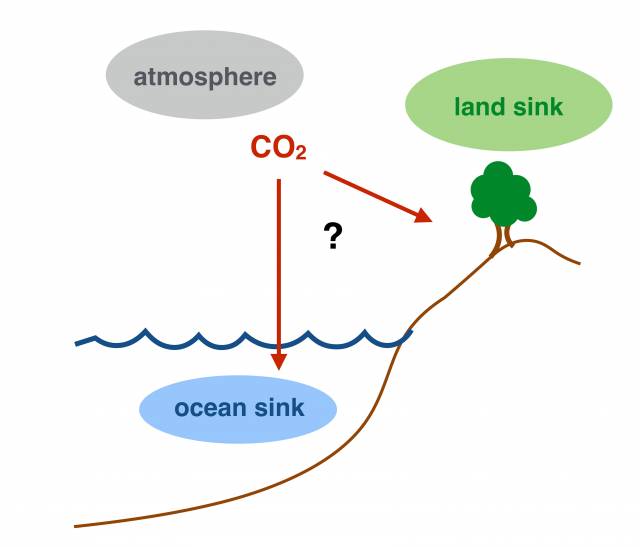Recent studies have been conducted to show how carbon is absorbed by the earth. Researchers have found that existing studies on atmospheric carbon has not been totally complete in the sense that it has not really taken into account the movement of atmospheric carbon between the north and south hemisphere. This change in study will give us a better idea how atmospheric carbon not only moves on the globe but also how fast and what changes will take place to the environment.
Carbon is emitted from the fossil fuels we burn for our day to day activities and at the rate we are pumping the atmosphere by burning fossil fuels, have we ever stopped to think where all that carbon is going in the atmosphere? Well I haven’t. Other than to know that carbon causes environmental problems none of us have actually wondered how those problems come to be.
What the study of Atmospheric carbon movements entail:
Researchers examined the circulations of oceans and the atmospheric carbon they absorb and found that the 40% carbon absorption by land need to be changed, especially in the southern ocean around Antarctica and the forests in the northern hemisphere.
Current studies have focused on the absorption of atmospheric carbon by land and not really taken into account the movement of carbon by seas and oceans thus leading to a need in the change of figures. Currently all the atmospheric carbon is attributed to land sink and nothing is taken into account by the seas and oceans. There is a difference when atmospheric carbon gets absorbed into land and when it gets absorbed into the ocean, which has not been taken into account by existing studies.
What the new study of atmospheric carbon movements says:
Researchers have found that oceans between the northern and southern hemisphere transport heat in the same way they transport atmospheric carbon that is absorbed in them.
So by studying the movements of heat, scientists will in fact be studying the movements of carbon and that is exactly what they have done.
On analysis, scientists have found that the southern hemisphere ocean is a much smaller carbon sink and the land in the area almost has no carbon sink at all. In the northern hemisphere the picture is a little different, the land has some carbon content meaning that it is a much smaller carbon sink and more of the carbon seems to moved by the ocean in the north.
For scientists the amount of atmospheric carbon absorbed has to equal the amount being emitted. Present studies took into account the movements of carbon by oceans but took the remaining carbon and placed them as being absorbed by the land.
Results of the movements in atmospheric carbon:
With the results, scientists can now discover how much carbon is being absorbed by the oceans and how that will affect the environment. The amount of carbon absorbed will affect the acidity of the oceans and will make them warmer thus affecting marine life and businesses like fishing.

 Methods for Creating High-Quality Custom Apparel with Direct-to-Film Transfers
Methods for Creating High-Quality Custom Apparel with Direct-to-Film Transfers  How SASE Solutions Empower Productive Workforces in a Digital Era
How SASE Solutions Empower Productive Workforces in a Digital Era  Excel vs PDF: Which Dominates Document Sharing in 2025? (Data-Driven Comparison)
Excel vs PDF: Which Dominates Document Sharing in 2025? (Data-Driven Comparison)  TitaniumInvest.com Money 2024: AI‑Driven Tools Outperform Traditional Banking
TitaniumInvest.com Money 2024: AI‑Driven Tools Outperform Traditional Banking  Why Your Link Building Efforts Might Fail
Why Your Link Building Efforts Might Fail  How to Request or Give Remote Control in a FaceTime Call on iPhone
How to Request or Give Remote Control in a FaceTime Call on iPhone  The Rise of Intelligent Automation in Business Operations
The Rise of Intelligent Automation in Business Operations  The Best Ideas for Designing Your Custom Printed Ring Binder
The Best Ideas for Designing Your Custom Printed Ring Binder  How Technology is Changing the Way We Play Hearts
How Technology is Changing the Way We Play Hearts 